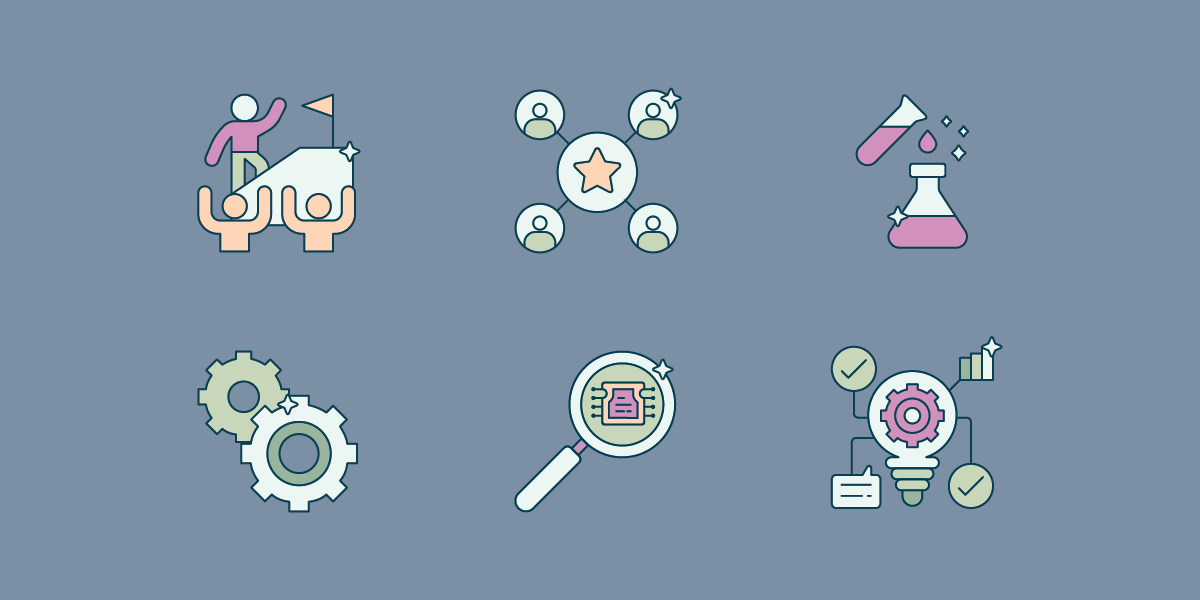Getting familiar with types of innovation lets you take control of innovation management and gain advantage in the market. Among different ways that companies can innovate, besides Radical, Incremental, and Disruptive, there is a fourth type called Architectural innovation.
Architectural innovation means that the architecture of a product can be modified in the way how different components of the system interact or connect with each other. Also, different components of the system can be modified within the new architecture (incrementally), but the key technologies of the core components remain unchanged.
Companies build knowledge and competencies with the execution of their current tasks. The company’s knowledge is shaped through the organizational experience with current and innovative technology. It is very useful and should be applied to the products, but some parts of that knowledge can not only be useless, but may actually handicap the company. That is why technology evolution is characterized by periods of extensive experimentation and, eventually, with the acceptance of a dominant design.
To create a new product or service, two distinct types of knowledge are required:
Each component performs a well-defined function within a broader system that makes up the product. Comprehension of these components is component knowledge and it is a part of ‘core design concepts’ (Henderson and Clark, 1990) embedded in the components.
Components are integrated and linked together to make the whole system. System knowledge explains how the system works and in which ways components can be configured to work together.
For example, NASA’s Research Center was trying to improve the safety of aircraft cushions and it led them to the creation of a new type of foam. It wasn’t for long when it started to be used commercially for medical equipment pads and sports equipment. Later it became popular for usage in pillows and mattresses. This foam is known as memory foam.
Following NASA’s example, you may find yourself in need of gathering these distinctive types of knowledge on a single platform to pursue the idea of your next innovation. That means you will have to include all relevant people from your organization to work together in exploring the system and its components, to create a new use or improve the overall performance of the system.
A single system with these integration capabilities that can become the source of your competitive advantage is Innovation Cloud Enterprise. It enables collaboration by letting your teams share ideas, insights, and knowledge across departments and geographies. Don’t wait to find out what else Innovation Cloud has to offer, but schedule a free demo today.






